On July 23, 2015, NASA announced the discovery of the first truly Earth-like planet. This find comes thanks to the Kepler Space Telescope, which was launched in March of 2009 and has been planet hunting for the last 5 years.
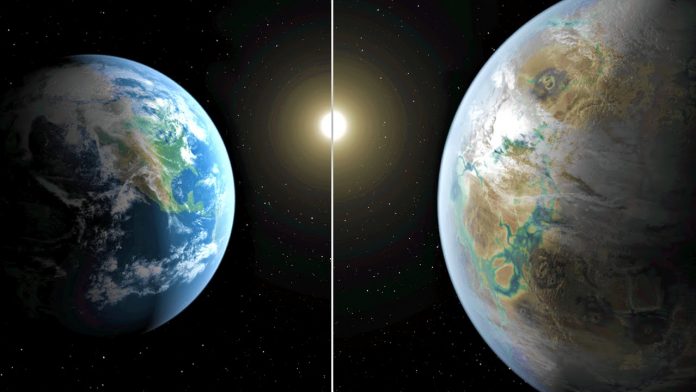
“It is the first terrestrial planet in the habitable zone around a star very similar to the Sun,” said Douglas Caldwell, an astronomer at the SETI Institute in Mountain View, California, at the time of the find.
It was a moment that would go down in history, serving as a watershed moment for the discovery of Earth-like planets. Kepler 452 is a Sun-like star that wanders through the cosmos 1,400 light-years from Earth. It has the same surface temperature as our Sun and nearly the exact same energy output. Ultimately, both the Sun and Kepler 452 areG-typee yellow dwarfs. This means that Kepler 452’s habitability zone (the area surrounding a star in which liquid water could theoretically exist) is nearly identical to the Sun’s.
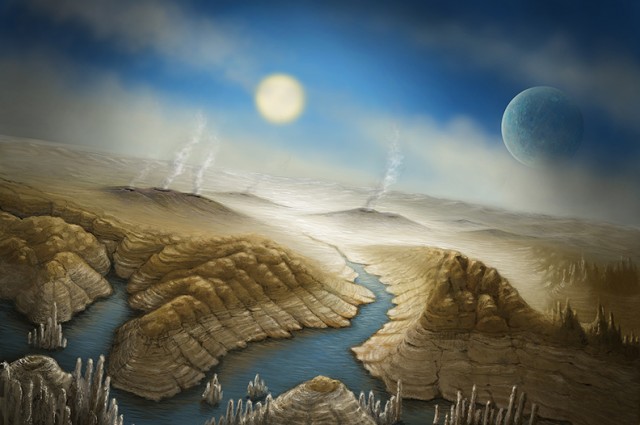
Artist’s concept of the surface of the newfound exoplanet Kepler-452b, which is about 60 percent wider and five times more massive than Earth. This illustration imagines that a runaway greenhouse effect has begun to take hold on Kepler-452b, driving off much of the planet’s surface water.
Familiar Worlds
And if that’s not enough, there’s a planet that orbits in a path that is nearly identical to Earth’s—it falls in almost the exact same place as Earth does in our own solar system.
Since the star is so similar to our own, this means that the length of a year on the planet is nearly identical ours, and the amount of energy that the planet receives is strikingly similar to what Earth gets. The world in question is Kepler 452b. It has an orbit that is 385 days long (amazingly close to our own 365 day year), and it receives just 10% more energy than the Earth does. All of these conditions make habitation possible (if only we could get there).
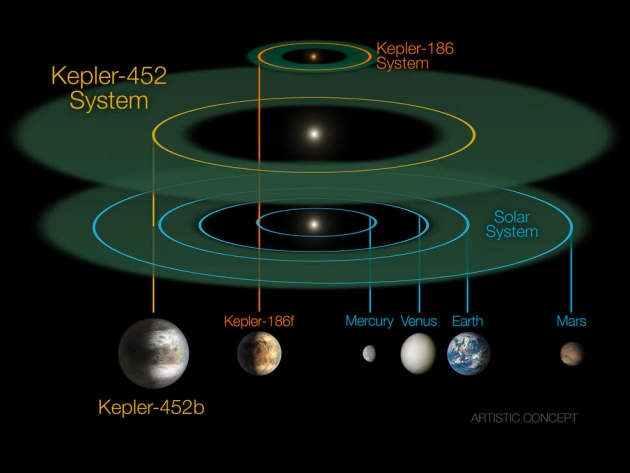
Kepler 452 system, showing the first Earth-like planet, Kepler 452b.
Notably, Earth and Kepler 452b don’t just share orbits—they are twins in a plethora of other ways.
Scientists can’t measure the mass of Kepler-452b directly, but inferences based on modeling indicate that the planet is just five times as massive as the Earth (nearly 60% larger). That strongly indicates that this is a rocky world like our own, which is a very good thing (as we really don’t have the technology to live on gas giants). Moreover, although five times the mass might seem like an awful lot, scientists estimate that Kepler 452b only has twice the gravity of Earth. Again, this makes habitability possible.
And that’s not all. Kepler 452 is slightly older than our own sun. As such, scientists assert that Kepler 452b is a little older than Earth. This means that the planet has been in its star’s habitability zone for some 6 billion years. This is longer than Earth has been in the habitability zone of the sun and (obviously) more than enough time for advanced life forms to evolve.
“On the 20th anniversary year of the discovery that proved other Suns host planets, the Kepler exoplanet explorer has discovered a planet and star which most closely resemble the Earth and our Sun,” said John Grunsfeld, associate administrator of NASA’s Science Mission Directorate at the agency’s headquarters in Washington. “This exciting result brings us one step closer to finding an Earth 2.0.”
And of course, the last sentence is key. We won’t know exactly what the conditions are like until we manage to get there. Keep in mind that Mars also falls inside our Sun’s habitability zone, and it is a barren, desolate world. However, this find is still amazing, as probability indicates that, if we managed to find one Earth-like world after just a few years of searching, it is likely that there are a plethora more waiting to be found (remember, it is far harder to find smaller planets. Gas giants are much easier to locate).
Indeed, since the discovery of this world almost two years ago, scientists have found dozens of Earth-like worlds. In fact, they found an entire solar system of planets that are similar to our own. And with the James Webb—a telescope that is 100 times more powerful than Hubble—set to launch in 2018…we’re really just getting started.

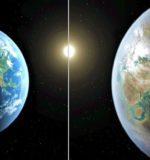
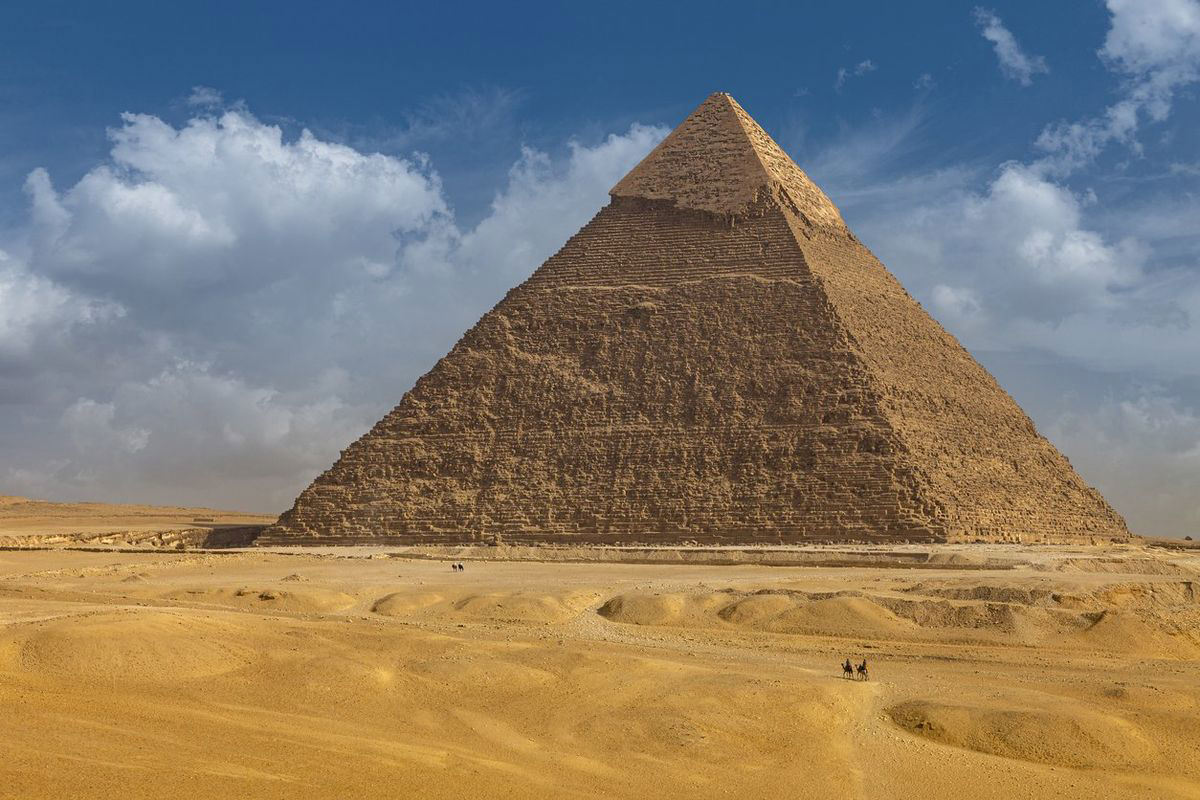

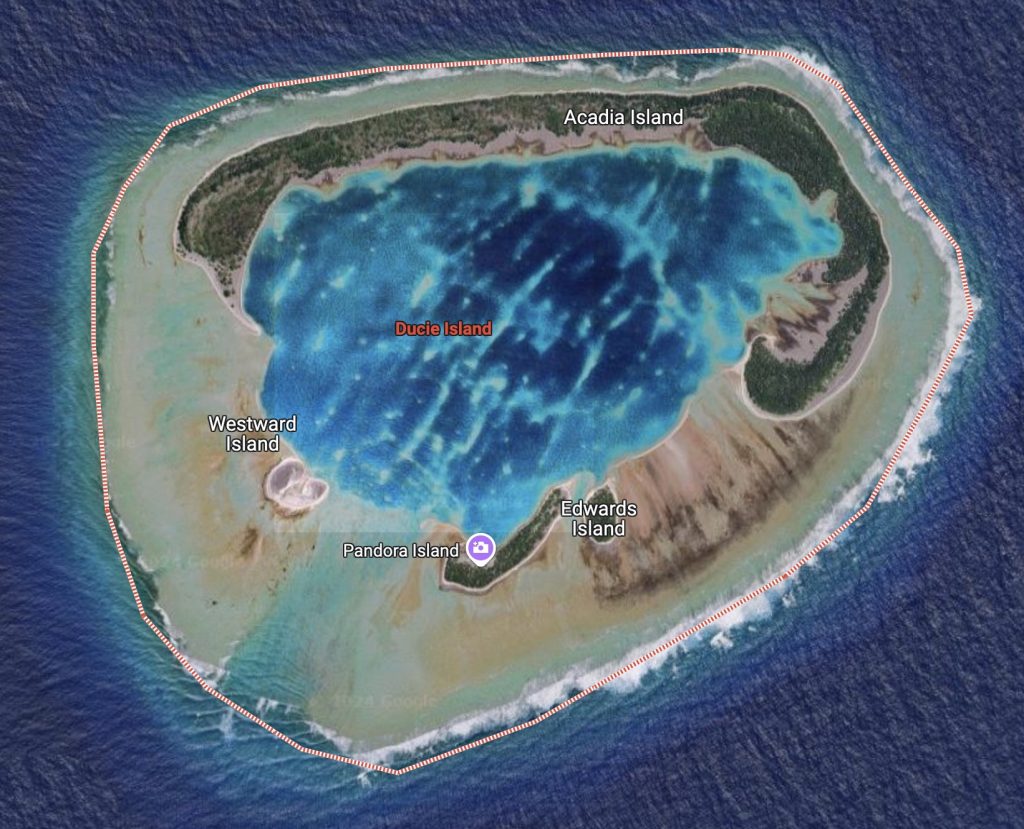
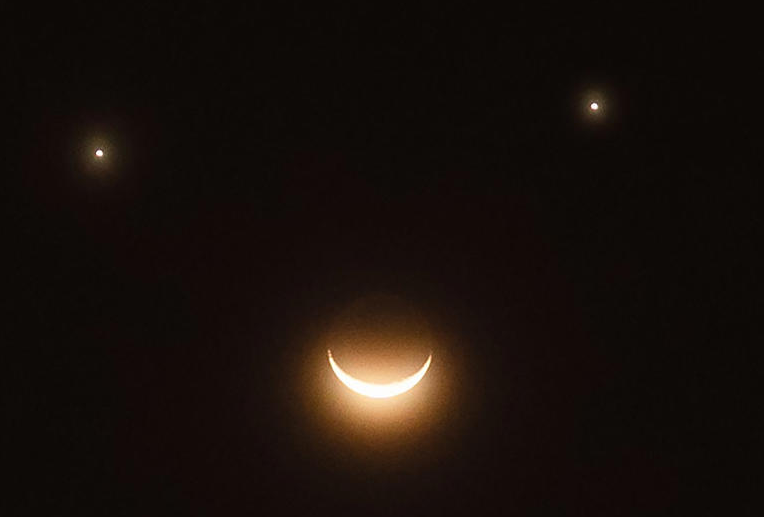

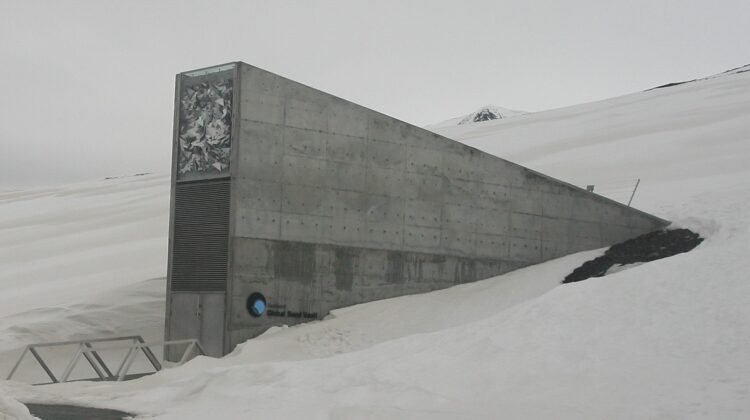
 Photographer Finds Locations Of 1960s Postcards To See How They Look Today, And The Difference Is Unbelievable
Photographer Finds Locations Of 1960s Postcards To See How They Look Today, And The Difference Is Unbelievable  Hij zet 3 IKEA kastjes tegen elkaar aan en maakt dit voor zijn vrouw…Wat een gaaf resultaat!!
Hij zet 3 IKEA kastjes tegen elkaar aan en maakt dit voor zijn vrouw…Wat een gaaf resultaat!!  Scientists Discover 512-Year-Old Shark, Which Would Be The Oldest Living Vertebrate On The Planet
Scientists Discover 512-Year-Old Shark, Which Would Be The Oldest Living Vertebrate On The Planet  Hus til salg er kun 22 kvadratmeter – men vent til du ser det indvendigt
Hus til salg er kun 22 kvadratmeter – men vent til du ser det indvendigt  Superknepet – så blir snuskiga ugnsformen som ny igen!
Superknepet – så blir snuskiga ugnsformen som ny igen!  Meteorite That Recently Fell in Somalia Turns Out to Contain Two Minerals Never Before Seen on Earth
Meteorite That Recently Fell in Somalia Turns Out to Contain Two Minerals Never Before Seen on Earth  Nearly Frozen Waves Captured On Camera By Nantucket Photographer
Nearly Frozen Waves Captured On Camera By Nantucket Photographer  It’s Official: Astronomers Have Discovered another Earth
It’s Official: Astronomers Have Discovered another Earth 